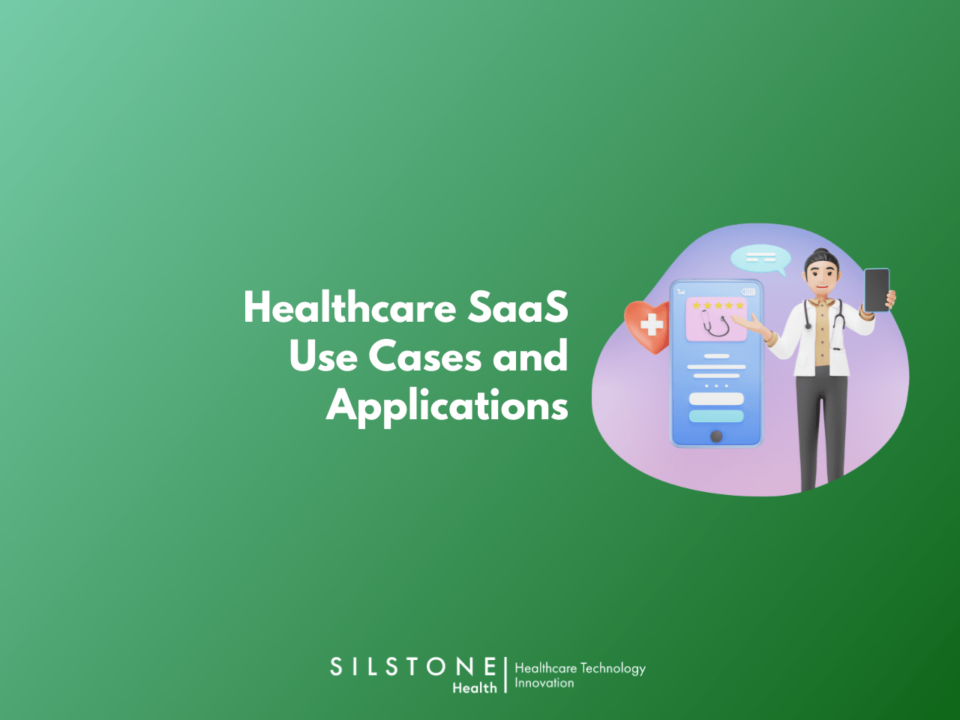
HIPAA Compliance For Startups: Demystifying HIPAA Compliance
November 24, 2022
Boost Your Patient Engagement With These 5 Tips
January 18, 2023Understanding Patient Demographics and Their Impact on Your Marketing

Today, every aspect of digital transformation has a role to play in the future of healthcare. Digitally-driven transformation enables healthcare organizations to unlock new value by improving coordination, quality, patient experiences and cost efficiency across patient lifecycles from prevention through recovery and discharge. This article focuses on the role of data and analytics in delivering better experiences for patients and visitors, improving operational performance and supporting clinical decision-making. In this article, we look at some of the key trends that will impact the future of healthcare globally specifically, the growth in demand for healthcare services among an aging population, advancements in telemedicine, as well as a rise in chronic diseases such as obesity and diabetes.
Understanding Patient Demographics
Before we dig into the healthcare data trends, it’s important to understand the demographic makeup of your typical patients. Understanding the general qualities of your patient base can help inform marketing strategies for your business. In the US, data from the CDC shows an aging population will result in an increase in the demand for healthcare services among adults aged 45–64 years and seniors aged 65 years and older. Among seniors, there is a growing prevalence of chronic conditions such as arthritis and diabetes. There are also changes in the racial and ethnic composition of the patient base, which is expected to increase across all age groups. For example, Hispanic patients are expected to comprise a larger proportion of the population, making up almost 30% of all adults. On the other hand, the non-Hispanic white population is expected to decrease by about 10%. This shift will affect the types of services patients seek, where they seek them and how they seek them. Understanding the patient demographics that are most important to your practice can help inform marketing strategies.
Examples of Patient Demographics
Gender – Men tend to visit a Doctor more often and stay in the hospital for a longer period of time. Women are more likely to have chronic conditions like arthritis and diabetes.
Ethnicity – This refers to the racial/social group of people who have similar physical traits, such as skin color and hair texture.
Age – Different age groups go to the doctor for different reasons. While the elderly are generally more likely to have chronic health conditions, younger individuals are more likely to go to the doctor for preventive care.
Income – This refers to the total net earnings that an individual or household earns in a year. Some people have high incomes but low health literacy, which can make it difficult to find and understand health information.
Education – Health literacy is the ability to understand and use health information to make informed decisions. A person with higher health literacy is more likely to make informed decisions about his or her health and treatment.
Technology Preferences – Patients typically have different preferences and expectations when it comes to how and where they want to access your products and services.
Conclusion
Healthcare organizations are increasingly moving from a reactive to a proactive approach when it comes to data and analytics. With the ability to analyze a variety of data sources, organizations can better anticipate market shifts and consumer needs – helping to reduce waste and improve operations. Healthcare providers that transform their business operations are able to coordinate care more effectively, improving health outcomes for patients and supporting positive outcomes for staff members. Ready to make an impact? Get your team on the same page by setting clear goals and expectations. Start with these healthcare data trends to get a better understanding of what lies ahead.





